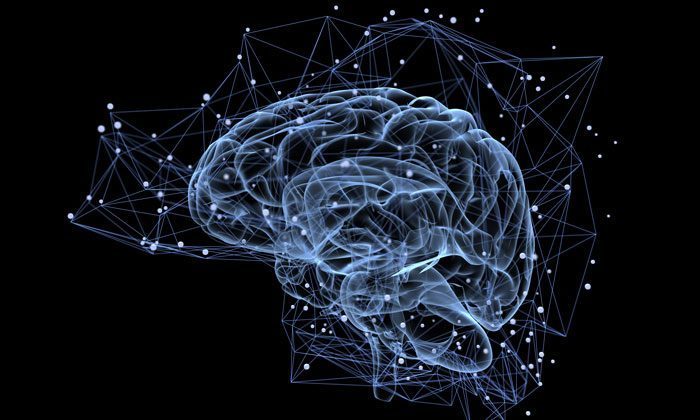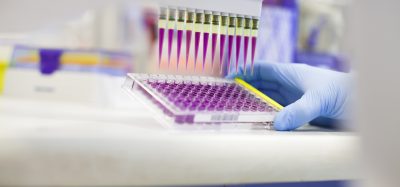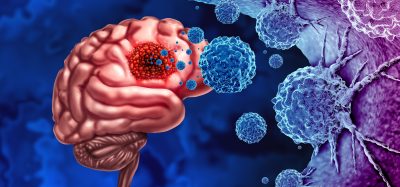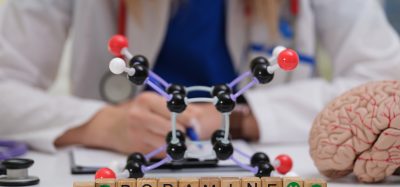Link found between neurotransmitter imbalance and brain connectivity in those with autism
Posted: 11 June 2018 | Drug Target Review | No comments yet
Researchers have identified a link between a neurotransmitter imbalance and brain connectivity between regions of the brain that play a role in social communication and language.


The study, by researchers from the University of Missouri School of Medicine and MU Thompson Center for Autism and Neurodevelopmental Disorders, found two tests that could lead to more precise medical treatments for autism.
“One of the issues with approaching treatment of autism is there are many subtypes and many different genes and potentially other factors that contribute to the disorder,” said David Beversdorf, MD, professor of radiology, neurology and psychology at the MU School of Medicine and the Thompson Center.
“If you have a treatment that works in one sub-population, it might not work in another. However, if we can determine why that is, we can pursue individualised approaches and make a lot more progress in developing new treatments.”
Using both functional magnetic resonance imaging (fMRI) and proton magnetic resonance spectroscopy (H-MRS), John Hegarty, PhD, while a graduate student in the interdisciplinary neuroscience program at MU and now a postdoctoral fellow at Stanford University, led Beversdorf’s team. They investigated the relationship between brain neurotransmitter levels and connectivity of areas of the brain known as the dorsolateral prefrontal cortex and posterolateral cerebellar hemisphere.
Fourteen adolescents and adults with autism spectrum disorder and 12 control participants underwent brain scans. The scans revealed a potential link between functional connectivity, neurotransmitter imbalance, and listening comprehension in individuals with autism. Those with low functional connectivity tended to have a reduced balance of excitatory to inhibitory neurotransmitter levels in the cerebellum and showed impaired listening comprehension, the ability to infer meaning from verbal information. Study participants were administered two questionnaires to determine their autism spectrum disorder-related symptom severity. They also completed two assessments designed to rate different aspects of language and social competence.
“This finding begins to suggest how biomarkers relate with each other in autism,” Beversdorf said. “There may be whole other sets of biomarkers that may be inter-related and may be telling us something. It may serve as a biomarker to predict who will respond to what drug.”
Related topics
Magnetic resonance images (MRI), Microscopy, Neurosciences
Related conditions
Autism
Related organisations
MU Thompson Center for Autism and Neurodevelopmental Disorders, Stanford University, University of Missouri-Columbia
Related people
David Beversdorf, John Hegarty







